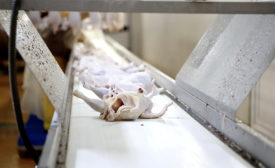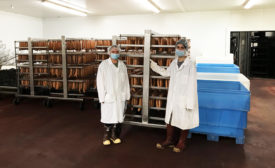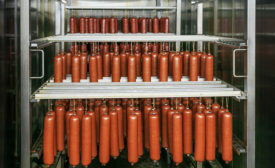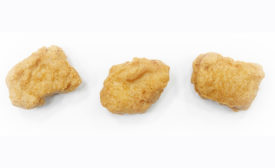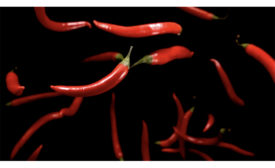Articles by Elizabeth Fuhrman
Even with reduced holiday gatherings, consumers still are splurging on center-of-the-plate proteins
Read More
Product Focus | Peppers & Spices
Moving beyond traditional peppers and spices
Food companies and chefs get creative as they heat up their offerings.
Read More
Stay ahead of the curve. Unlock a dose of cutting-edge insights.
Receive our premium content directly to your inbox.
SIGN-UP TODAYCopyright ©2025. All Rights Reserved BNP Media.
Design, CMS, Hosting & Web Development :: ePublishing


